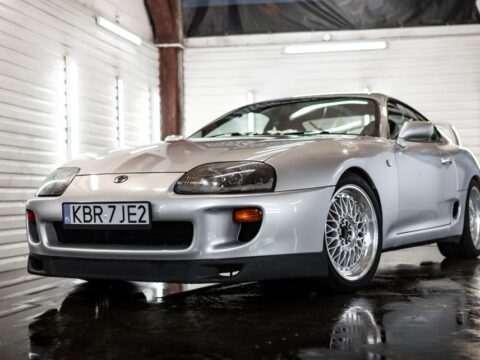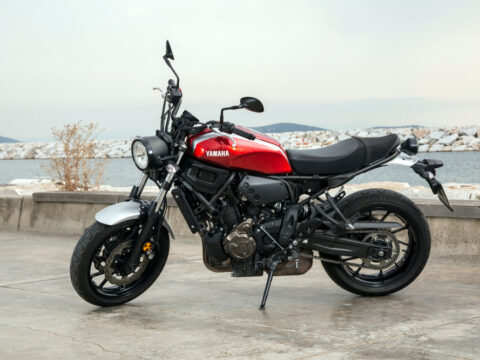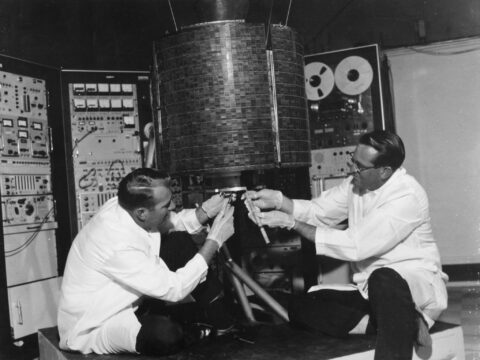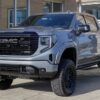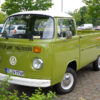As the automotive industry evolves, not every car manages to keep pace. Some are left behind, struggling to connect with consumers. In ‘The Cars That Fell Through the Cracks: The Least Popular Models of the 2010s,’ we examine the vehicles that didn’t make the cut during a decade of rapid innovation and shifting consumer preferences. From quirky designs that didn’t resonate to performance flops and reliability disappointments, we explore why these cars didn’t win over buyers.
Contents
Mitsubishi i-MiEV (2009-2021)
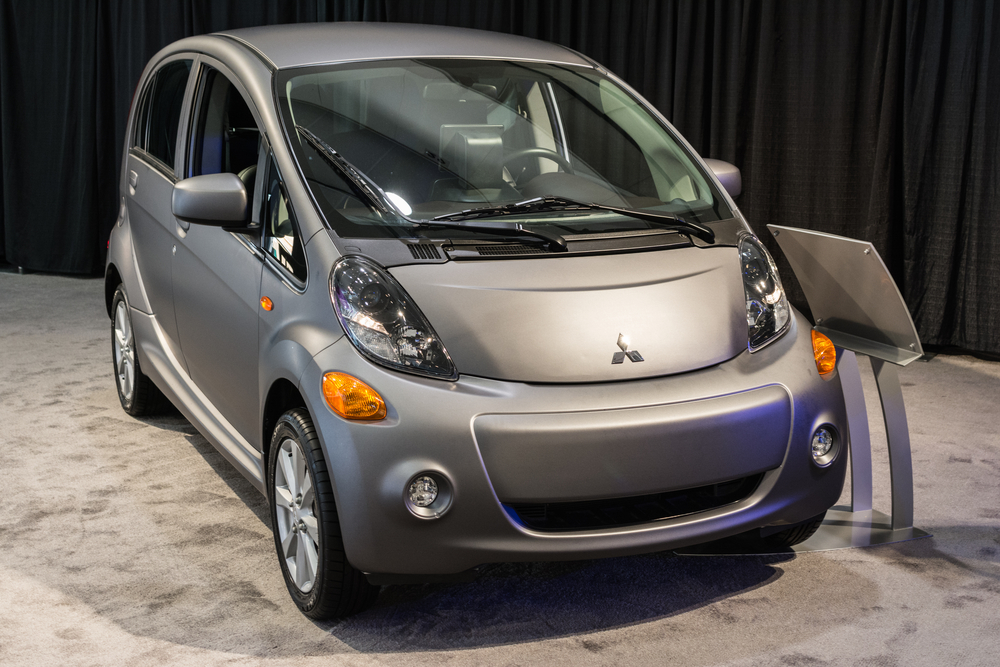
One of the earliest electric cars on the market, the i-MiEV was underpowered, with a mere 66 horsepower and a range of only 62 miles per charge. It also had a cramped interior and lackluster driving dynamics. Only around 2,000 units were sold in the United States by the end of its production.
Nissan Cube (2009-2014-North America)
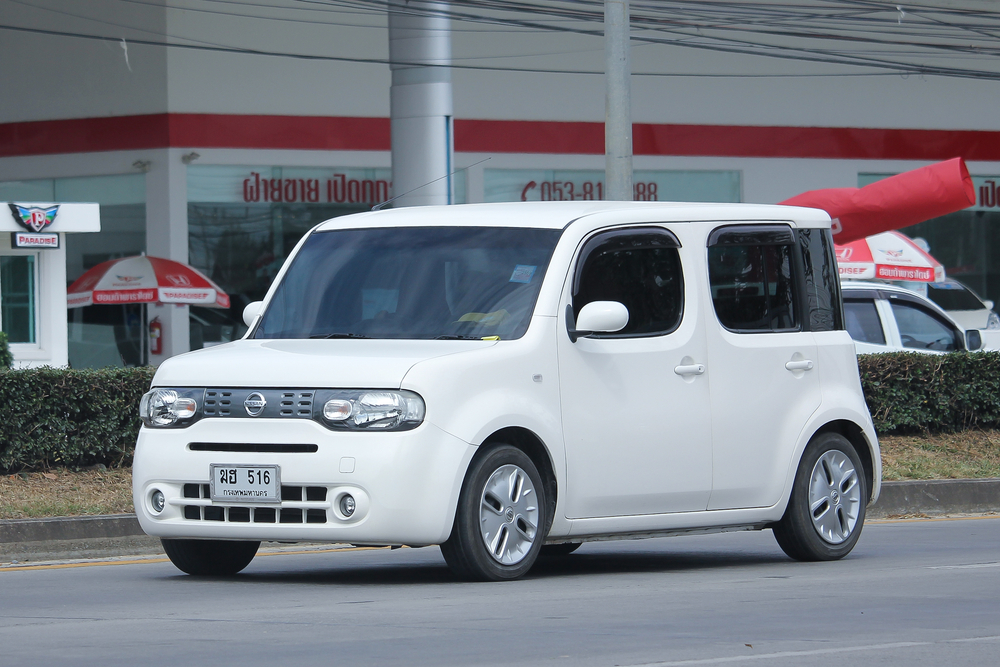
While its unique design was intended to make it stand out, it was off-putting to many potential buyers. The car also suffered from a lack of power and poor fuel economy for its class. Nissan discontinued the Cube in 2014 after sluggish sales.
Fiat 500L (2014-2020-North America)
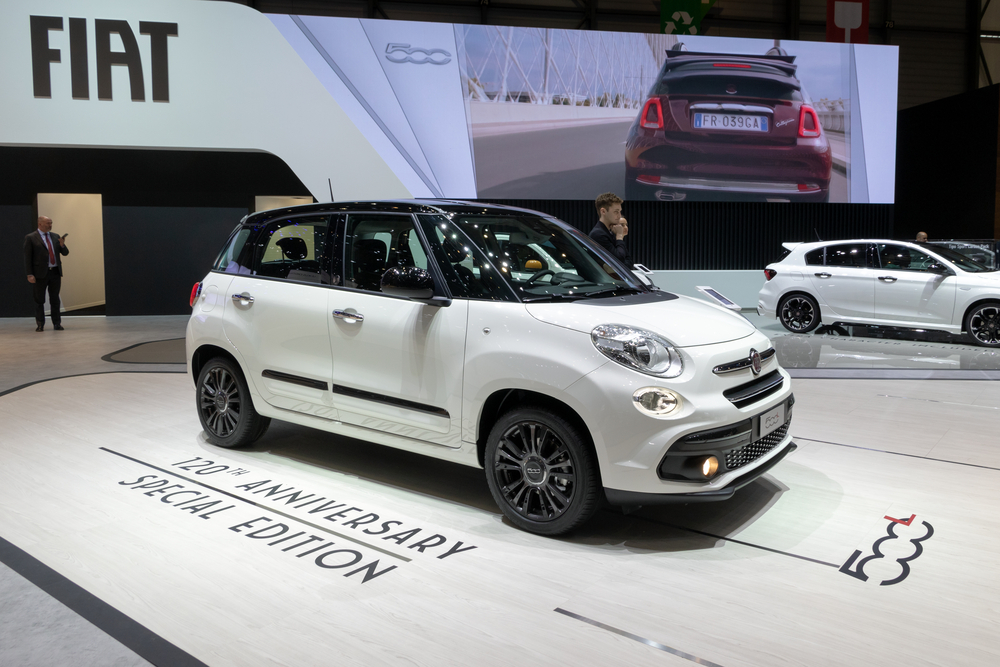
Despite the success of the smaller Fiat 500, the 500L struggled. It was plagued with reliability issues and subpar performance, plus its design didn’t resonate well with consumers. It consistently ranked near the bottom of its class in terms of sales.
2011 Jeep Compass

Early models of the Jeep Compass received poor reviews for subpar interior quality, poor performance, and lackluster off-road capability, especially when compared to other Jeeps. The 2011 model was criticized especially, leading to a substantial redesign in 2017.
Dodge Dart (2013-2016)
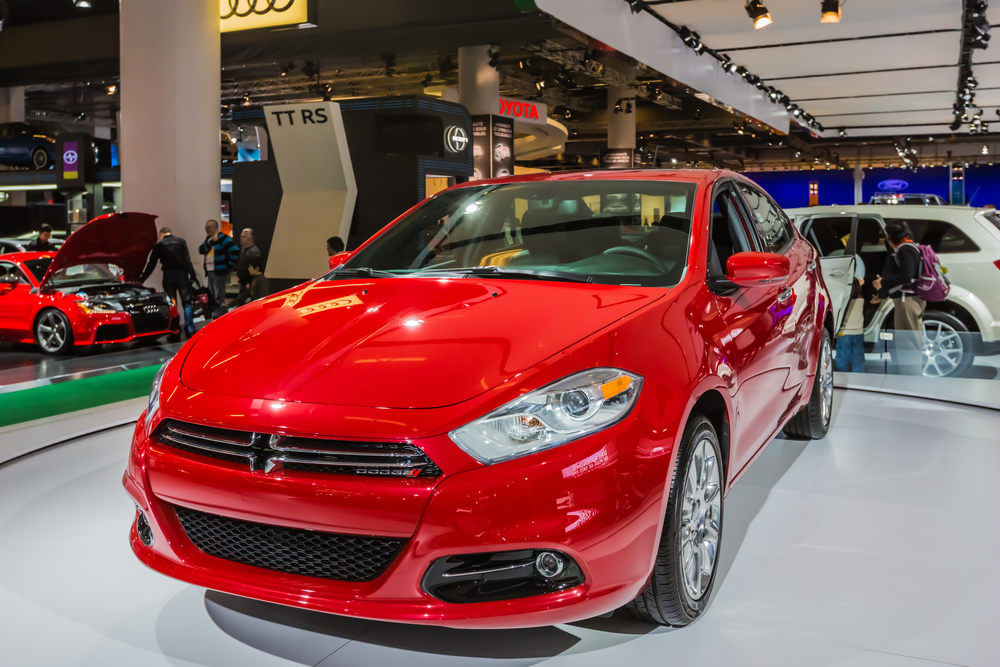
The Dart was criticized for its underpowered engines and a lack of interior space. It also faced reliability issues. Dodge discontinued the Dart in 2016 after failing to meet sales expectations.
Cadillac ELR (2013-2016)
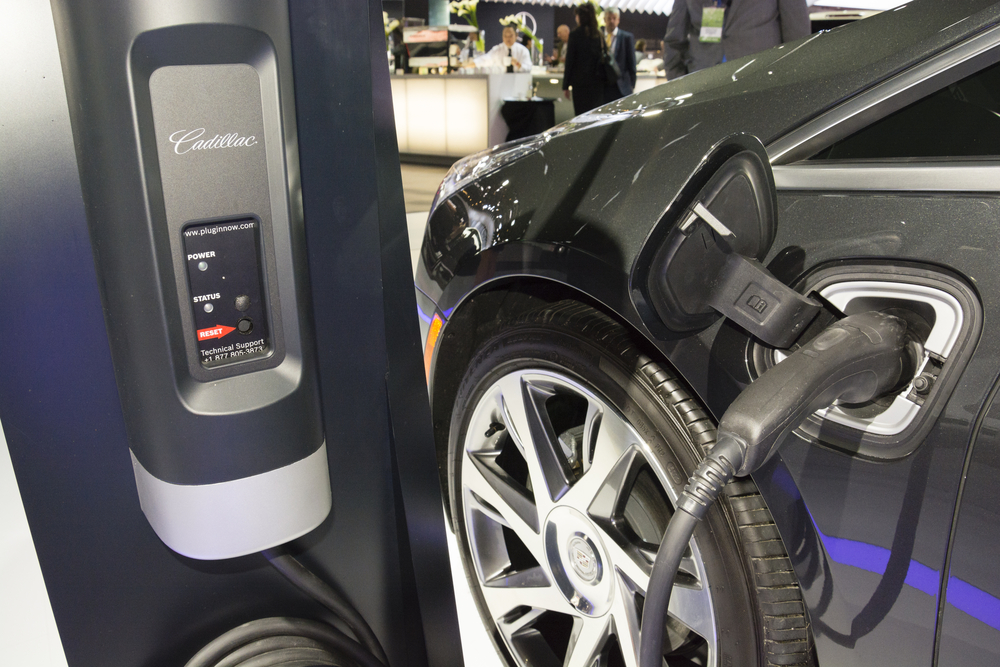
Essentially a luxury version of the Chevrolet Volt, the ELR couldn’t justify its high price. It also suffered from lackluster performance and a cramped interior. Cadillac only sold a few thousand units before discontinuing it.
Chrysler 200 (2010-2016)
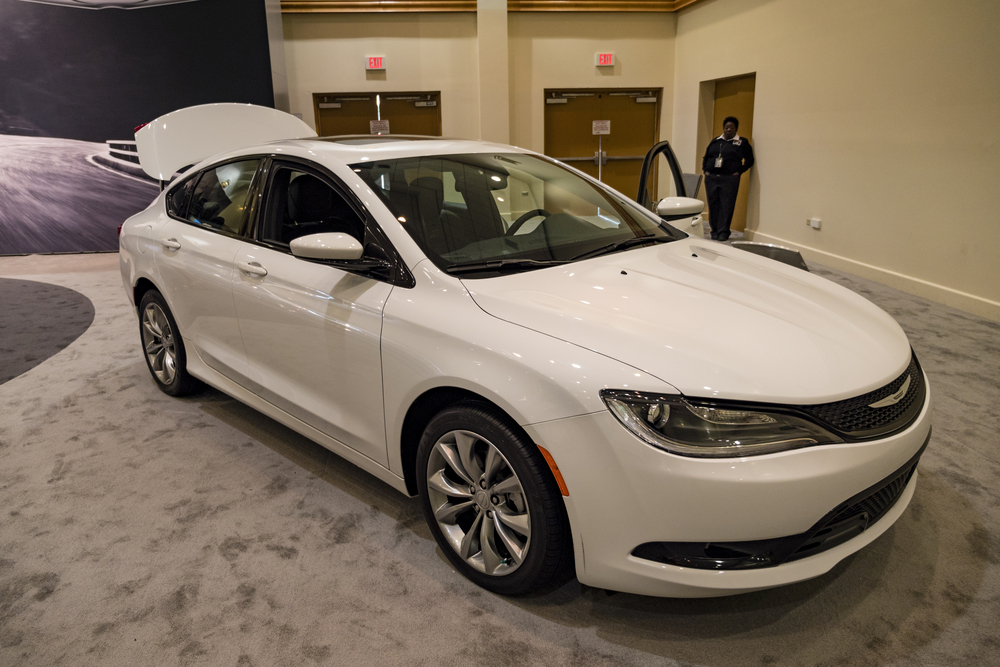
While it was an improvement over the previous generation, the redesigned Chrysler 200 still fell short in the competitive midsize car class. Its cramped interior and unimpressive handling didn’t help matters. Chrysler ended production in 2017 after poor sales.
2014 Infiniti QX60 Hybrid
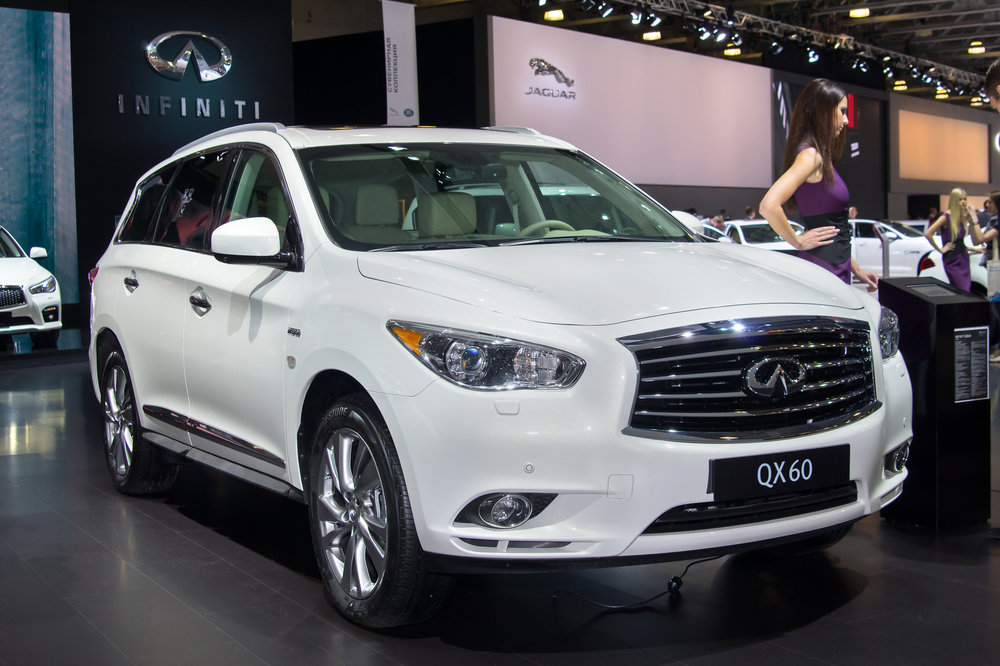
The QX60 Hybrid suffered from poor fuel economy for a hybrid and a high price compared to the non-hybrid QX60. As a result, Infiniti quietly discontinued the hybrid variant in 2017 due to low sales.
Honda CR-Z (2010-2016)
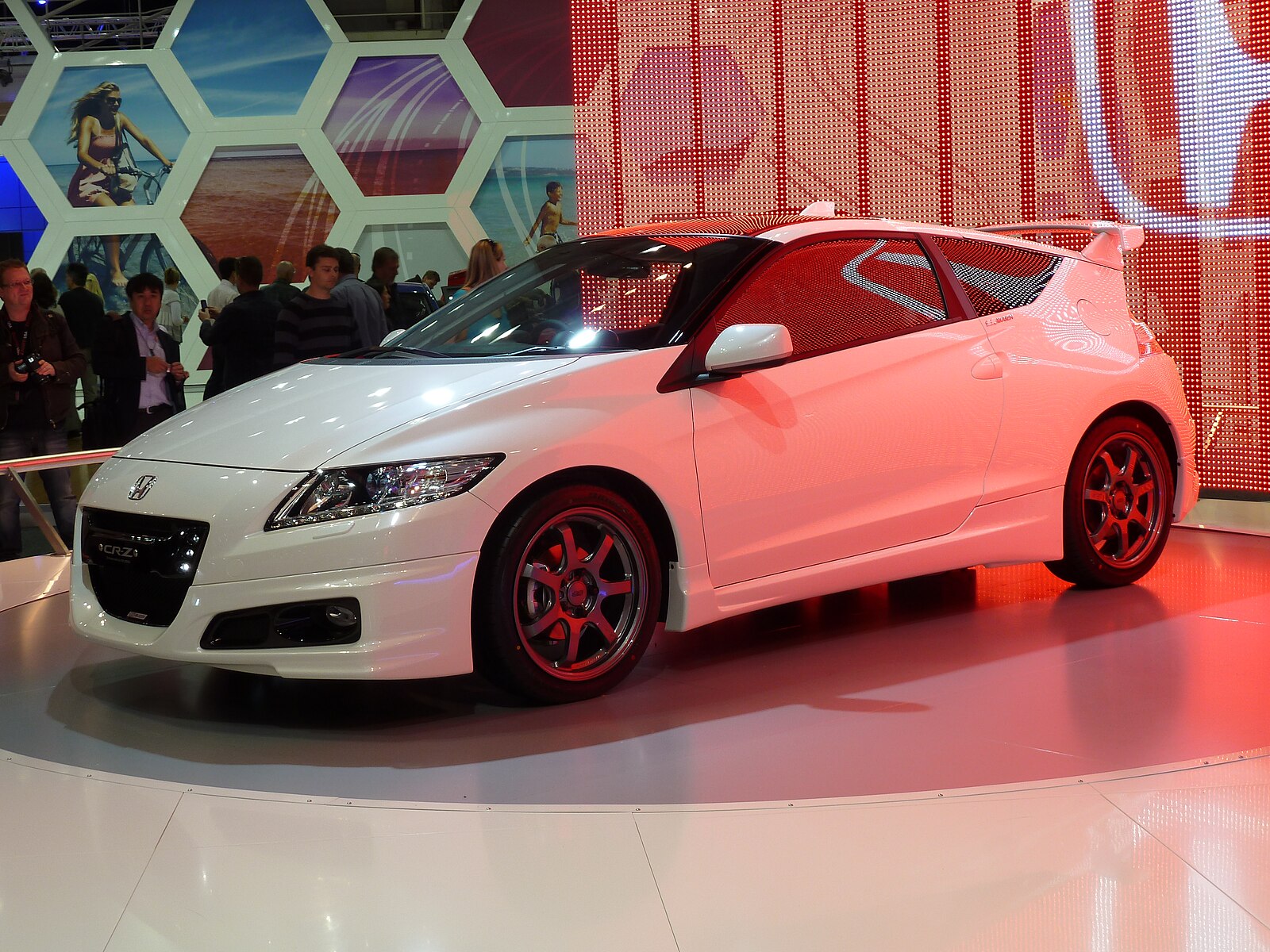
The Honda CR-Z was a sporty hybrid coupe that combined a 1.5-liter engine with an electric motor. Despite its unique positioning as a fun-to-drive hybrid with a manual transmission option, it never quite caught on, selling only about 35,000 units in the U.S. Its blend of sportiness and fuel efficiency, along with its distinctive design, made it a unique offering in the market.
Volvo V60 Polestar (2015-2018)
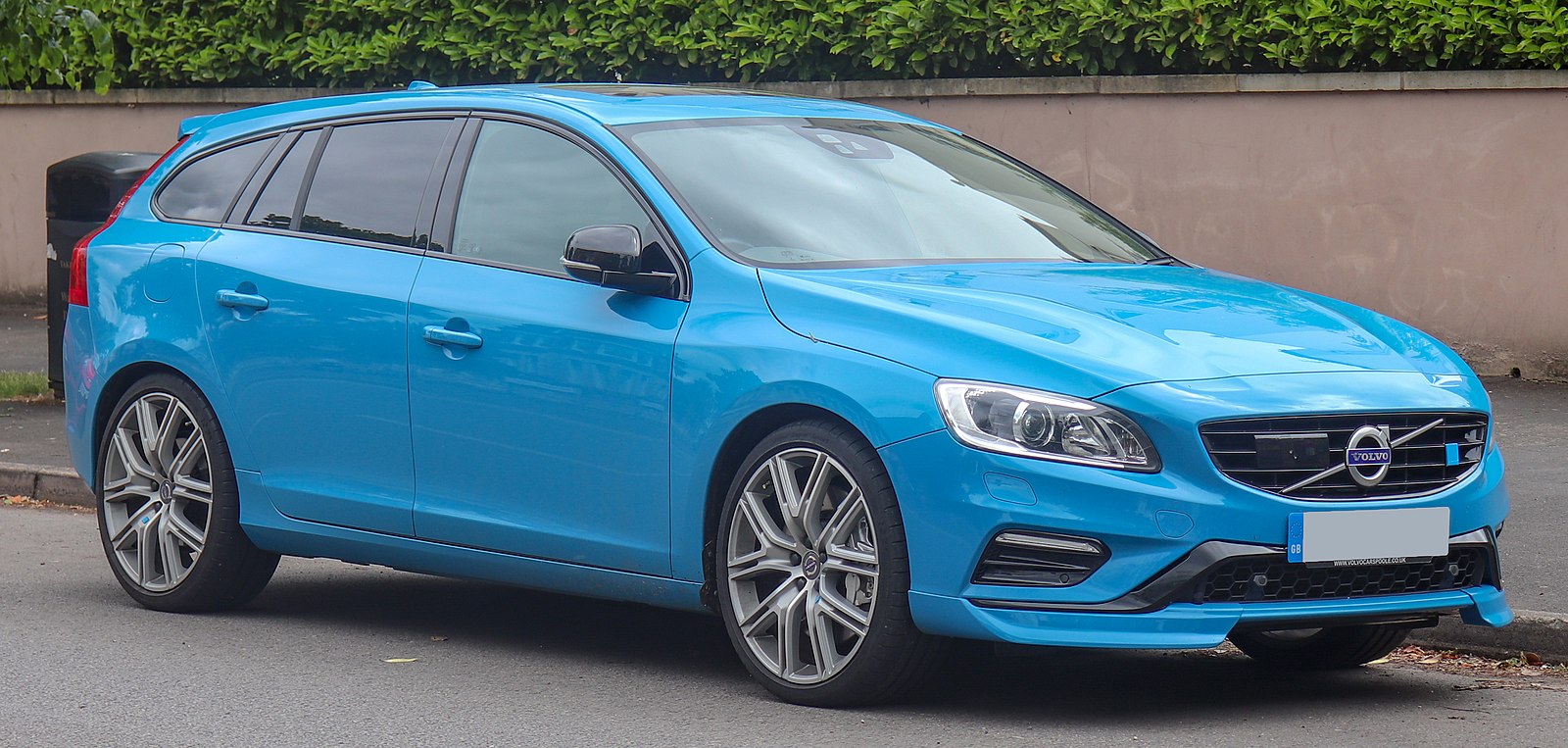
The Volvo V60 Polestar was a high-performance wagon with a turbocharged six-cylinder engine producing 350 horsepower. Despite its impressive performance and limited production, it remained relatively unknown. With fewer than 2,000 units sold globally, its rarity and performance make it a hidden gem.
Mazda5 (2010-2015)
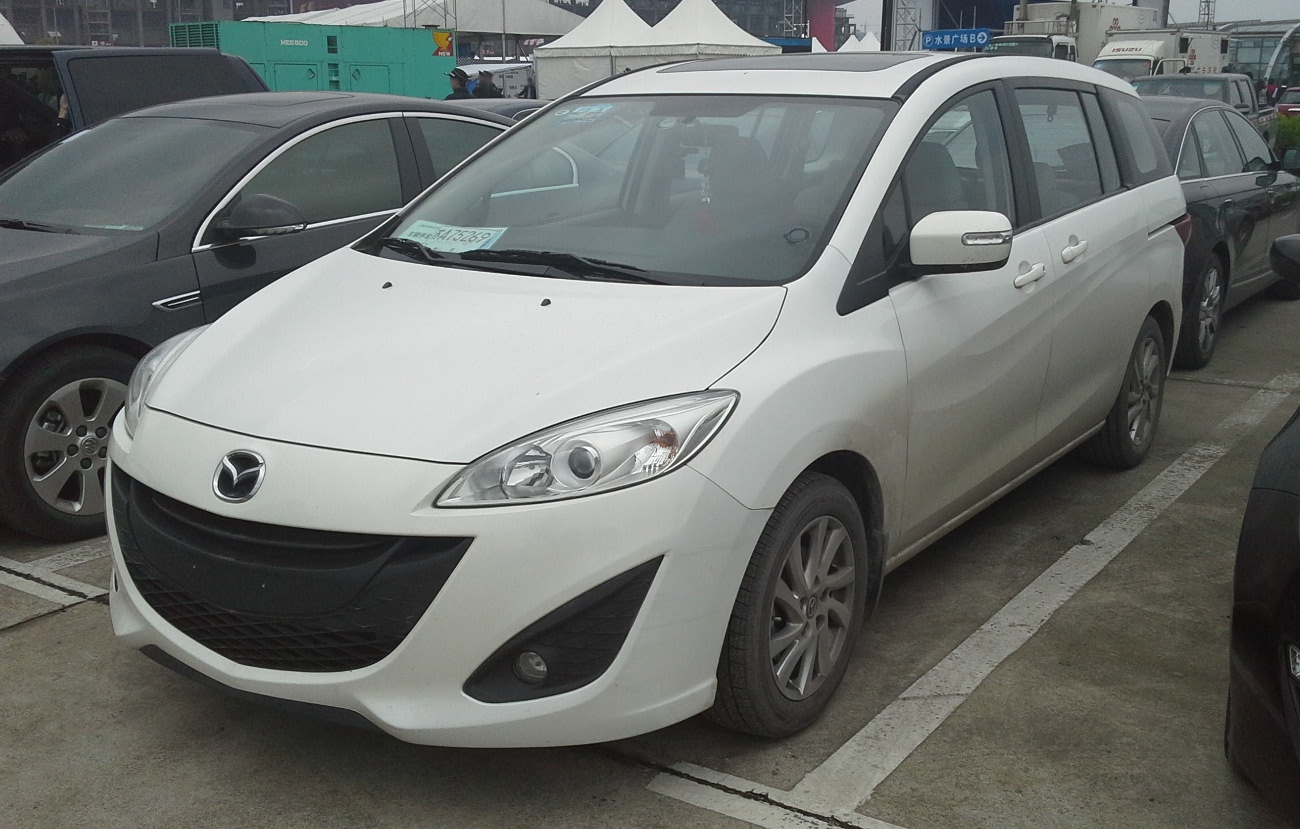
The Mazda5 was a compact minivan with sporty handling and innovative sliding doors. It offered a practical and fun driving experience but was overlooked in favor of larger SUVs and minivans, with sales peaking at just over 22,000 in 2010 in the U.S. Its compact size and car-like driving dynamics were unique in the minivan segment.
Chevrolet SS (2014-2017)
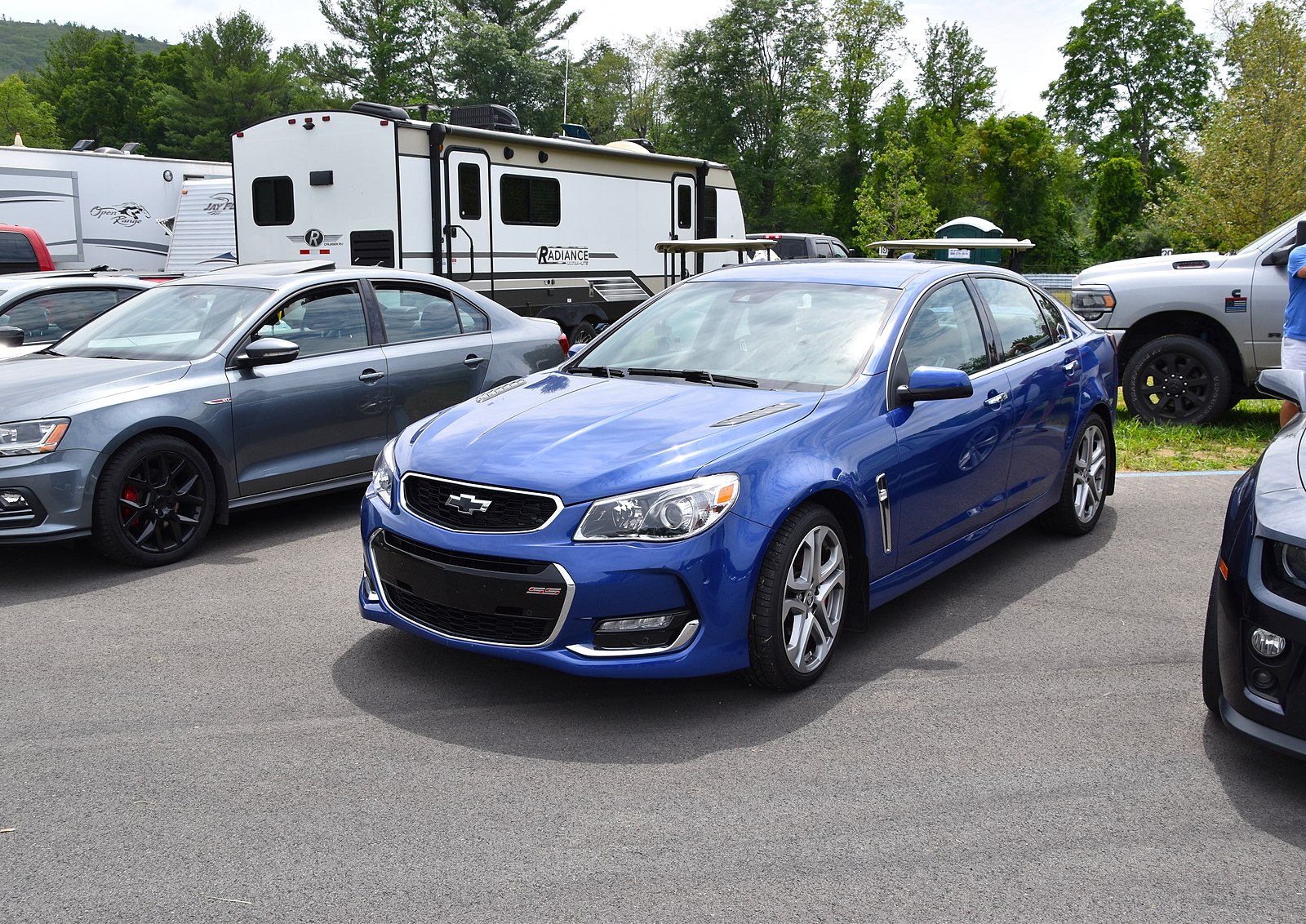
The Chevrolet SS was a full-sized sports sedan with a 415-horsepower V8 engine, offering family-friendly practicality with muscle car performance. Despite positive reviews, it sold poorly, with fewer than 13,000 units sold in its entire production run. Its understated looks masked the powerful performance underneath.
Subaru BRZ (2012-present)
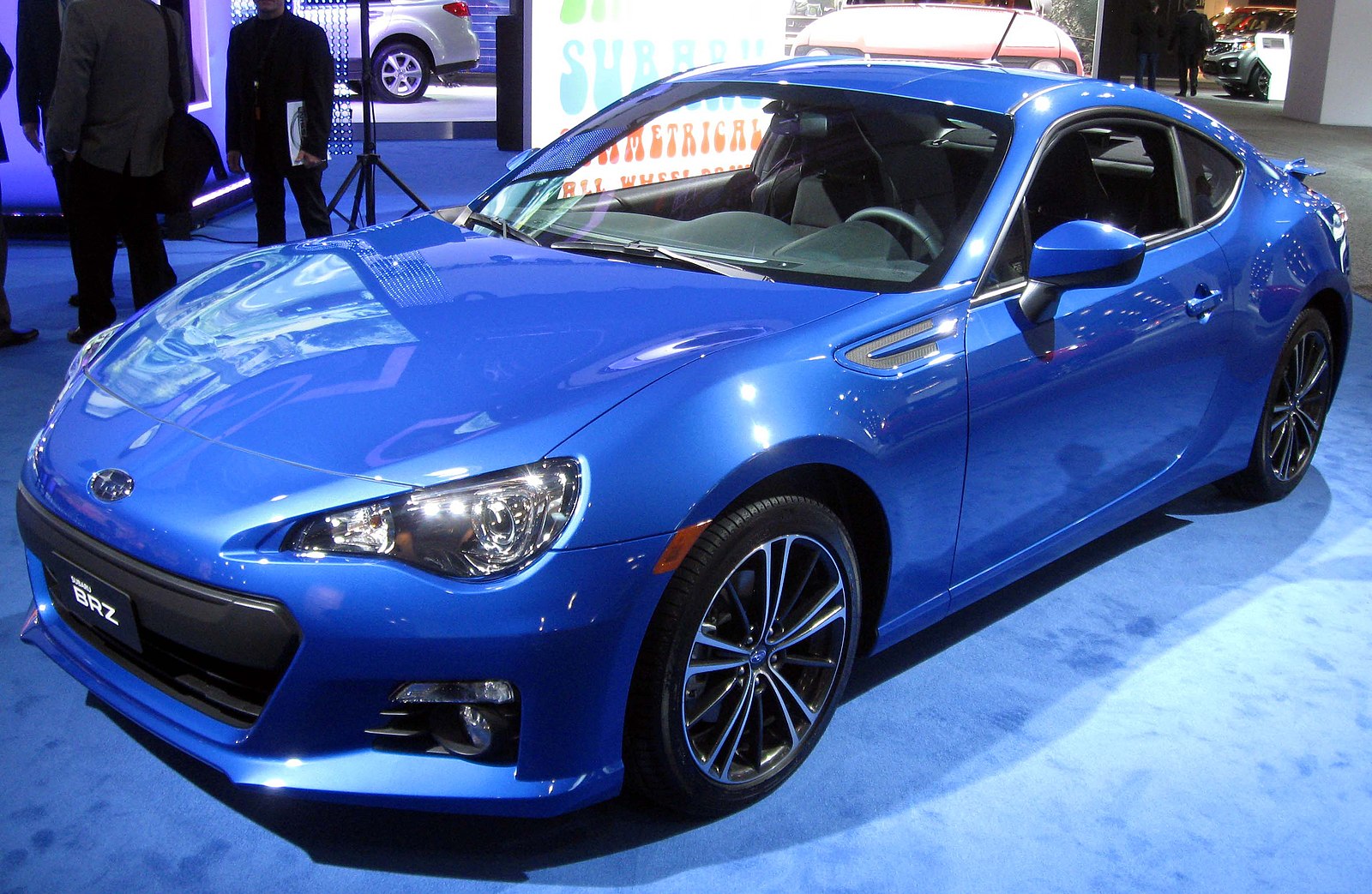
Although the Subaru BRZ (and its twin, the Toyota 86) received critical acclaim for its sharp handling and driver-focused nature, it never achieved high sales, with Subaru selling just over 7,000 units in the U.S. at its peak in 2013. Its lightweight, rear-wheel-drive layout, and affordable price make it a standout sports car.
Alfa Romeo Giulietta (2010-2020)
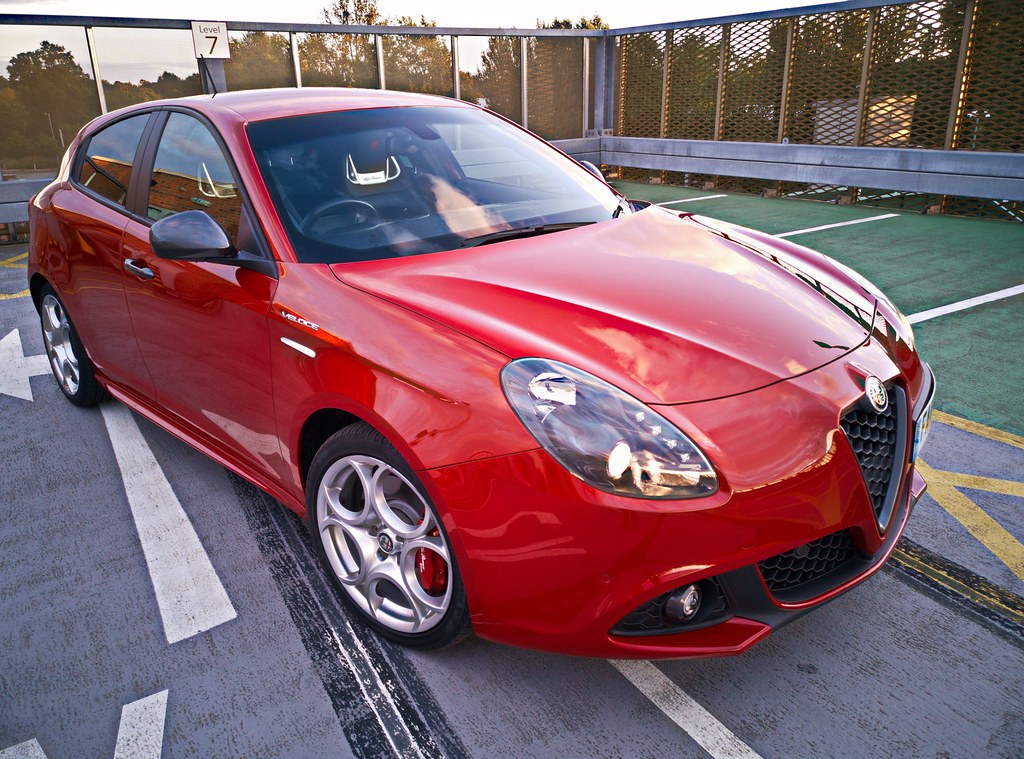
The Alfa Romeo Giulietta was a stylish and sporty hatchback that struggled to find a broad audience outside of Europe. With its distinctive Italian design and engaging driving dynamics, it remained a niche choice, overshadowed by more mainstream competitors.
Kia K900 (2014-present)
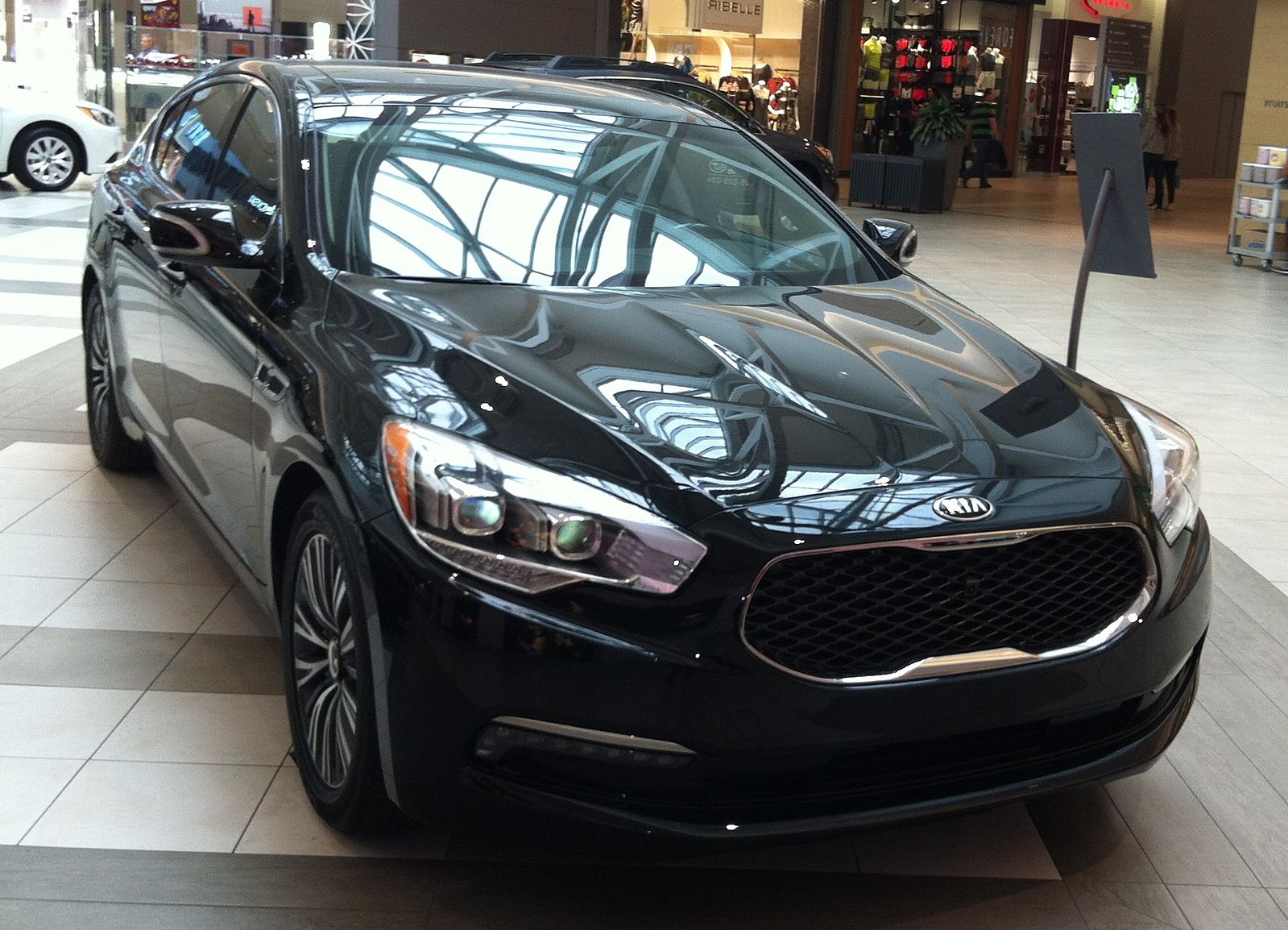
The Kia K900 is a luxury sedan that offered premium features and a plush ride at a lower price point than competitors. Despite its value and quality, it has remained under the radar, with only a few hundred units sold annually in the U.S.
Infiniti Q50 Hybrid (2014-2018)
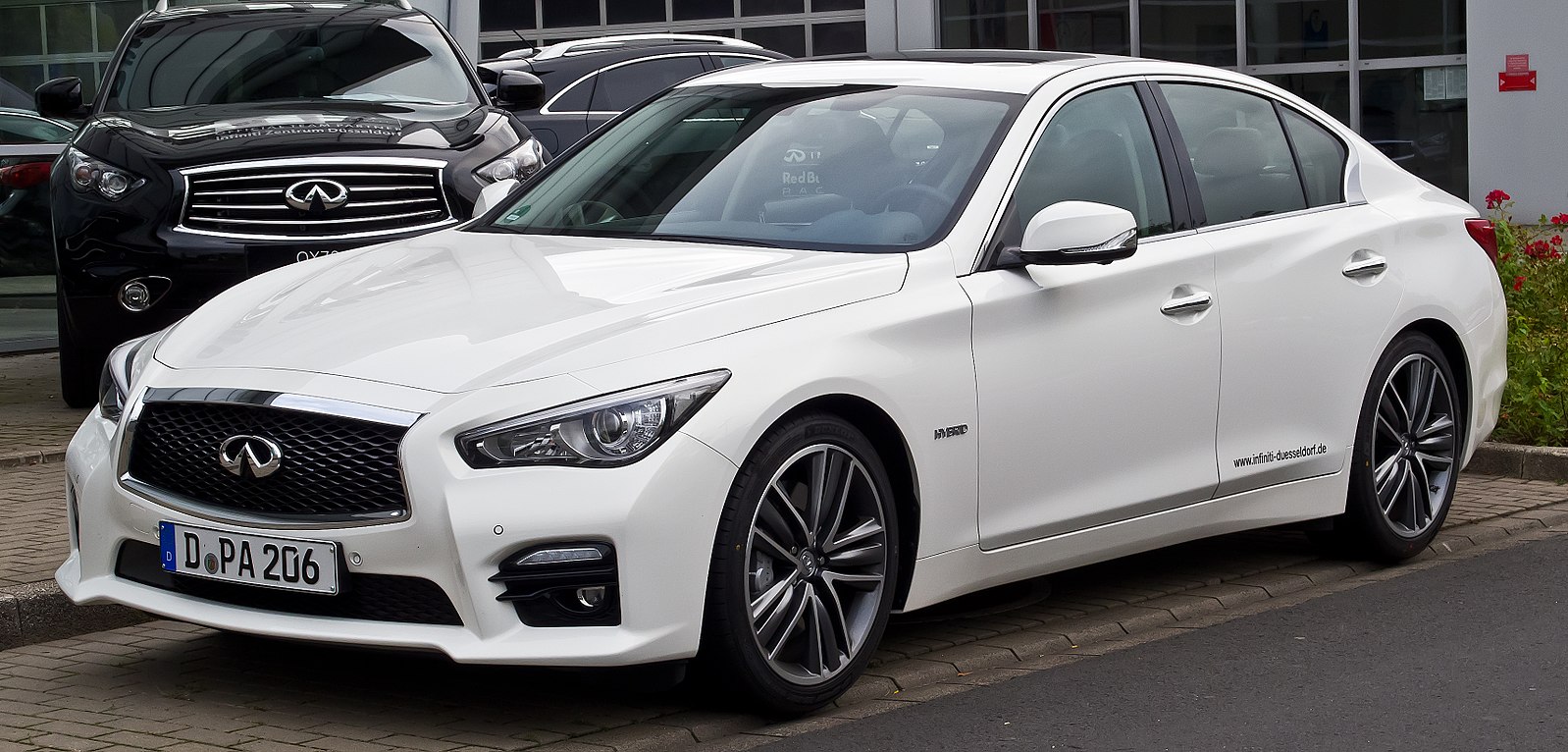
The Infiniti Q50 Hybrid combined performance with efficiency, featuring a 360-horsepower hybrid powertrain. It was overshadowed by its gas-only counterparts and competitors, leading to low sales figures and its eventual discontinuation.
Acura RLX (2014-2020)
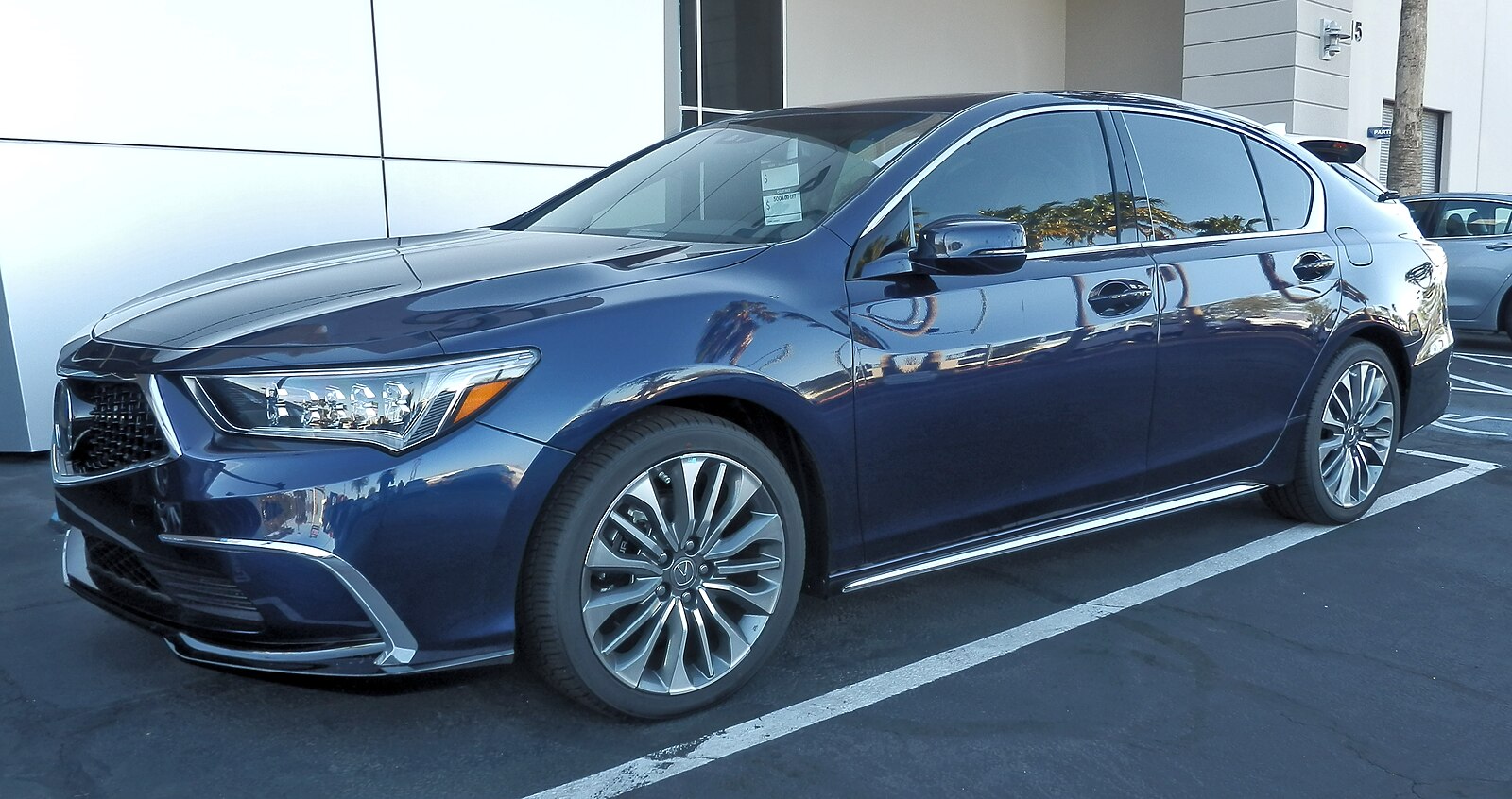
The Acura RLX was a luxury sedan with advanced technology, including a hybrid system in its Sport Hybrid model. Despite its quality and innovation, it failed to make a significant impact in the luxury car market, with sales often not breaking 2,000 units per year in the U.S.
Ford Flex (2009-2019)
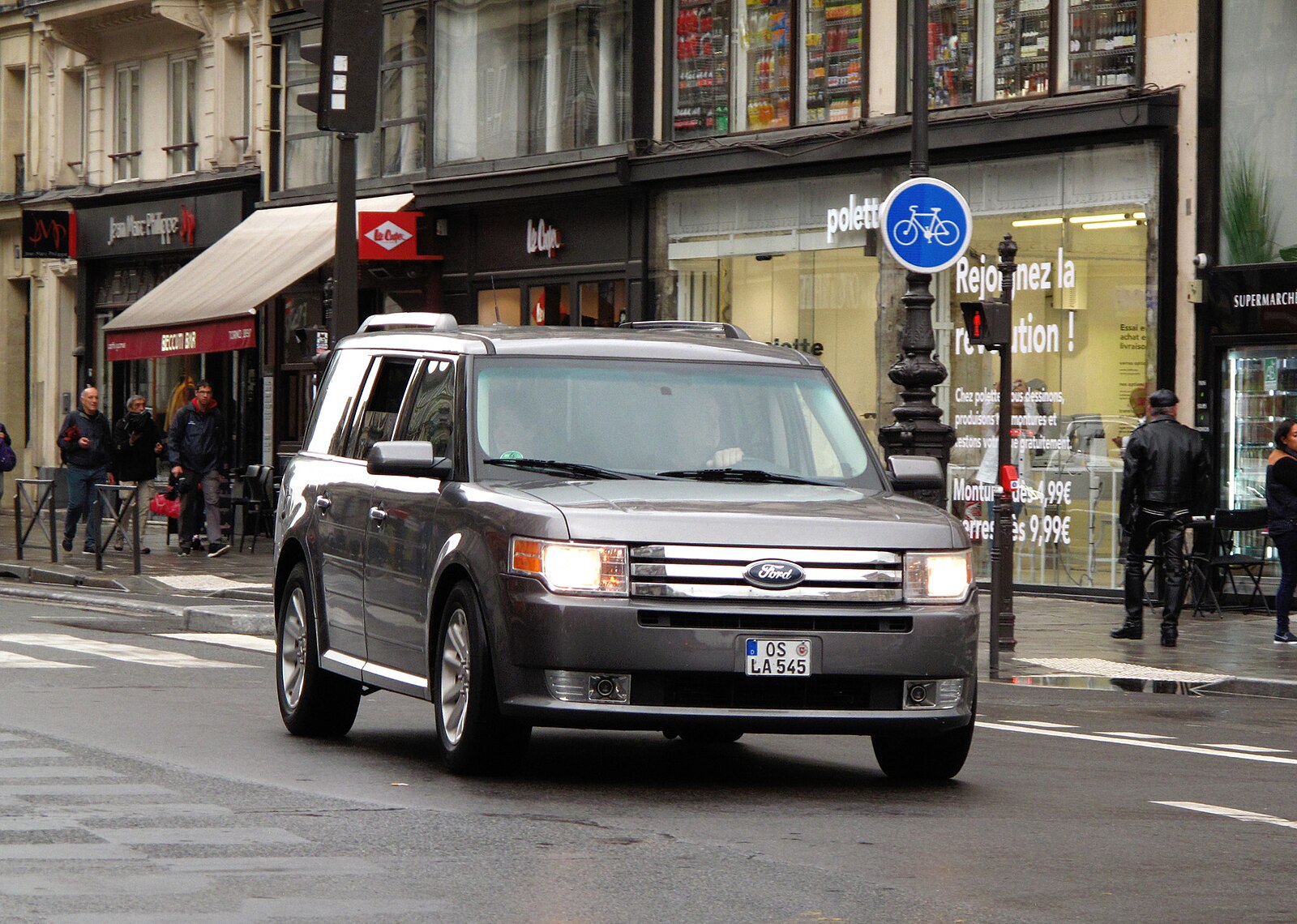
The Ford Flex was a uniquely styled SUV with a boxy design that offered spacious seating and a comfortable ride. It remained a niche vehicle throughout its production, with a loyal but small fan base, and never reached the sales heights of other SUVs.
Lincoln MKT (2010-2019)
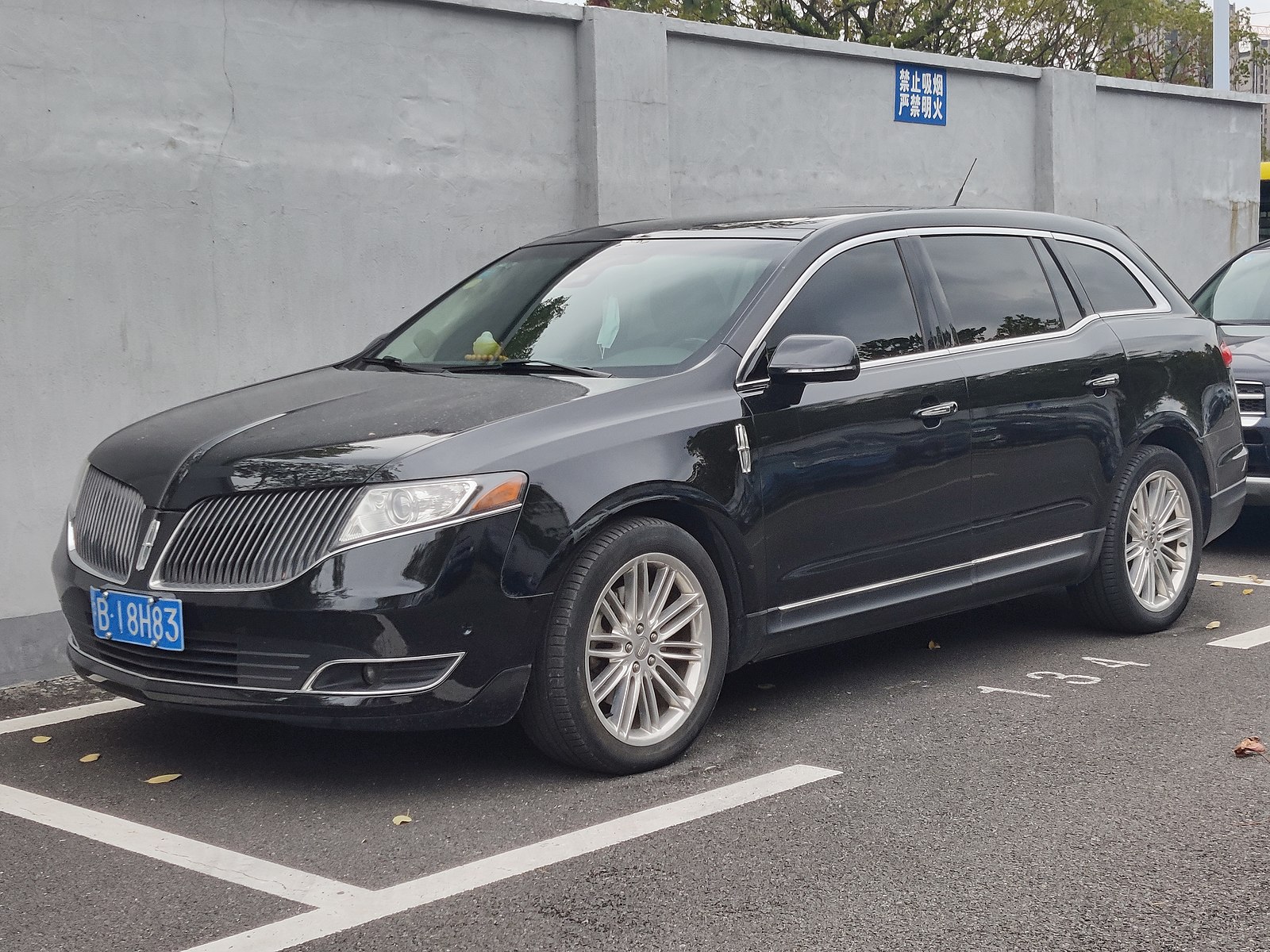
The Lincoln MKT was a luxury crossover with a distinctive, polarizing design and a comfortable, feature-rich interior. It suffered from low sales throughout its life, overshadowed by more conventional luxury SUVs.
Hyundai Veloster Turbo (2012-2018)
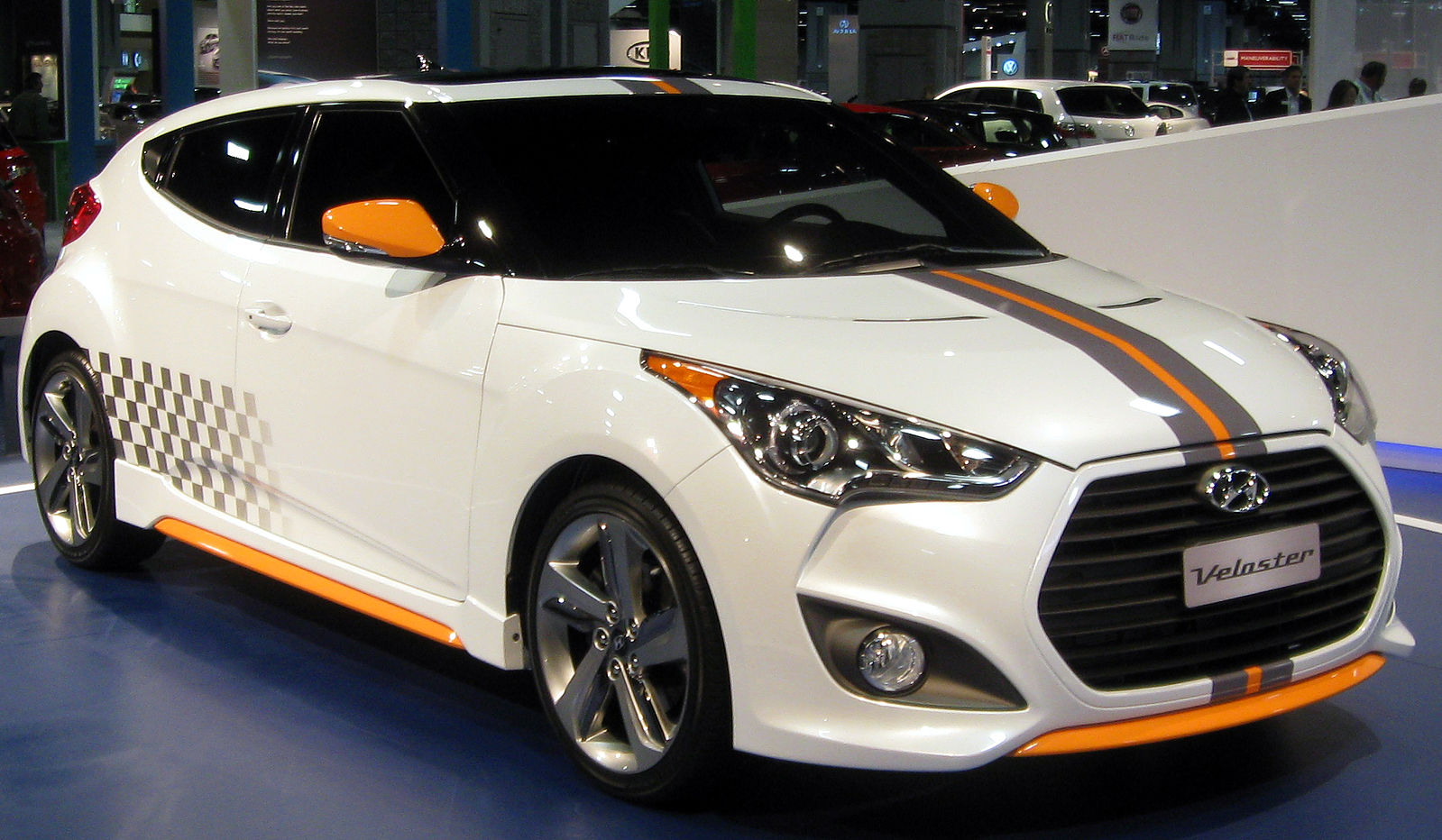
The Hyundai Veloster Turbo was known for its unique three-door configuration and turbocharged performance. Despite its distinctive style and fun-to-drive nature, it was often overlooked in favor of more well-known hot hatches, with sales peaking at around 30,000 units in the U.S. in 2012.
This article originally appeared on MyCarMakesNoise.
More from MyCarMakesNoise
Top Used Electric Cars That Won`t Break the Bank
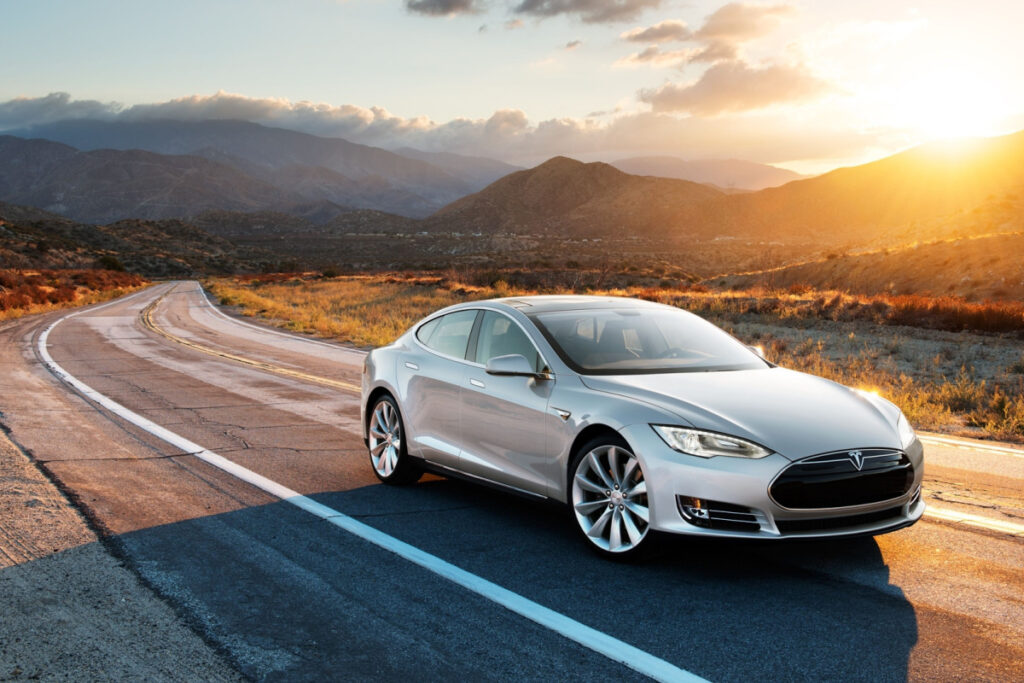
From city commuters to luxury cruisers, these vehicles challenge the notion that sustainable driving is a privilege only for the new car buyer. Read More.
Best Pre-Owned Vehicles for Beginner Drivers
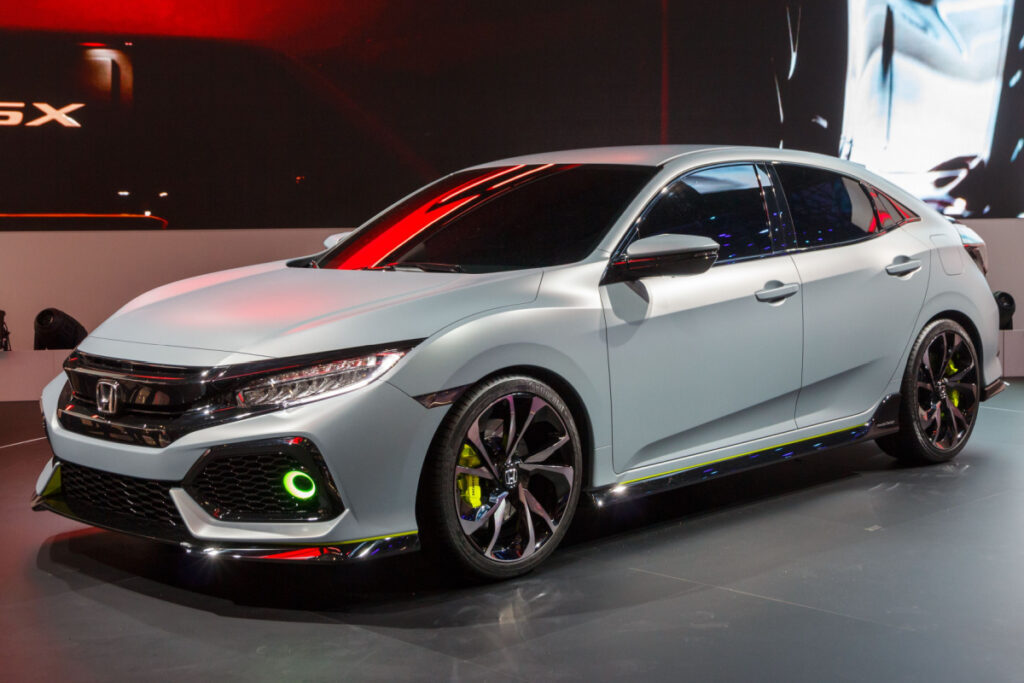
As a first-time buyer, you want a vehicle that matches your style and comfort and is reliable, easy to handle, and won’t break the bank regarding maintenance and fuel efficiency. Read More.
10 Prestigious Car Brands That Miss the Mark
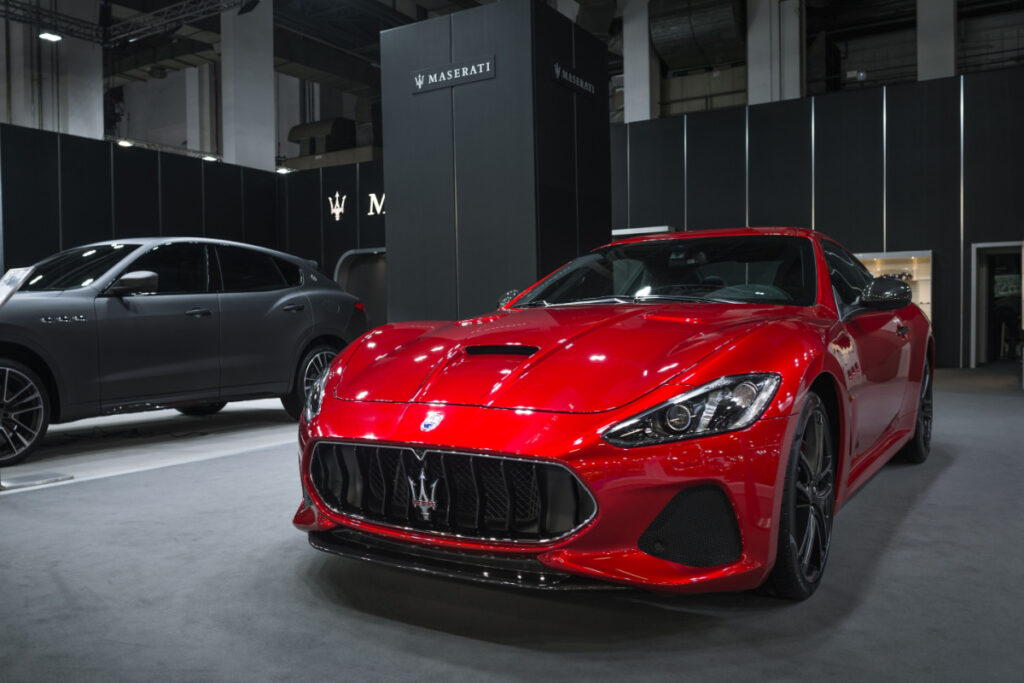
Behind the shiny badges and glossy marketing are some brands whose reputation for luxury doesn’t quite match reality. Read More.

